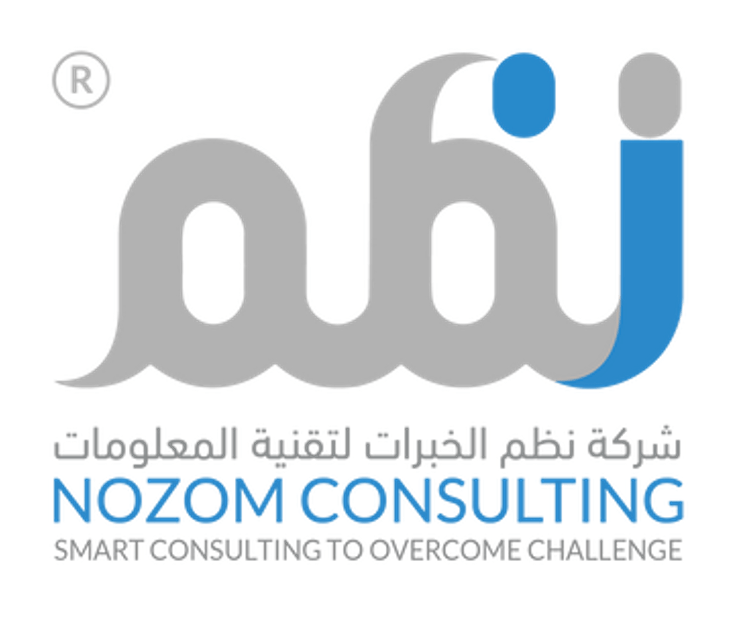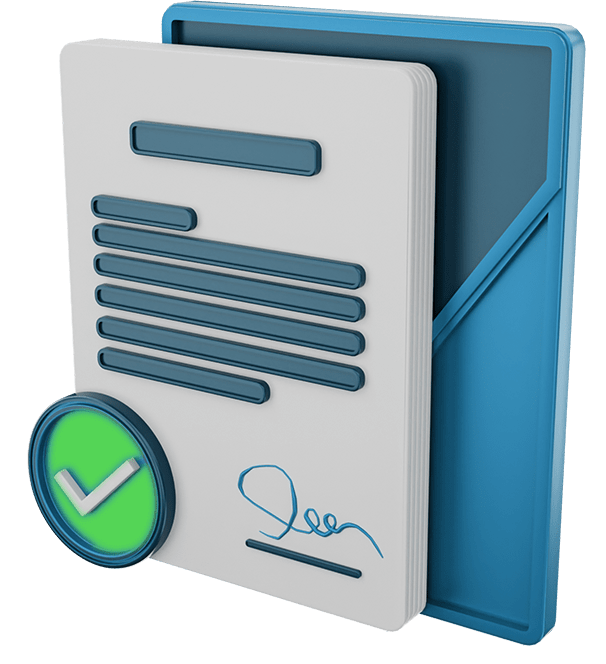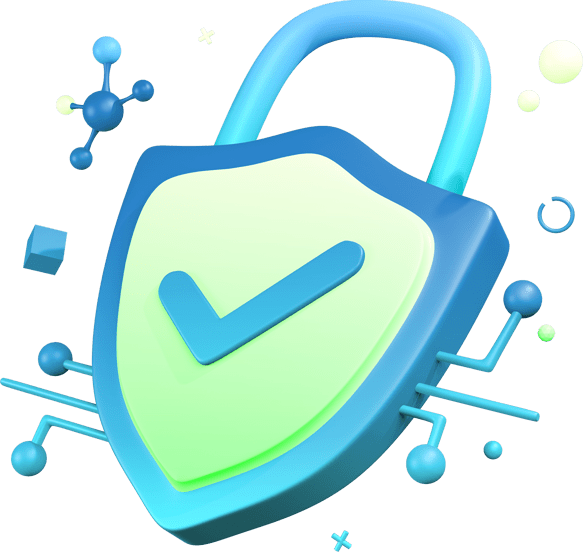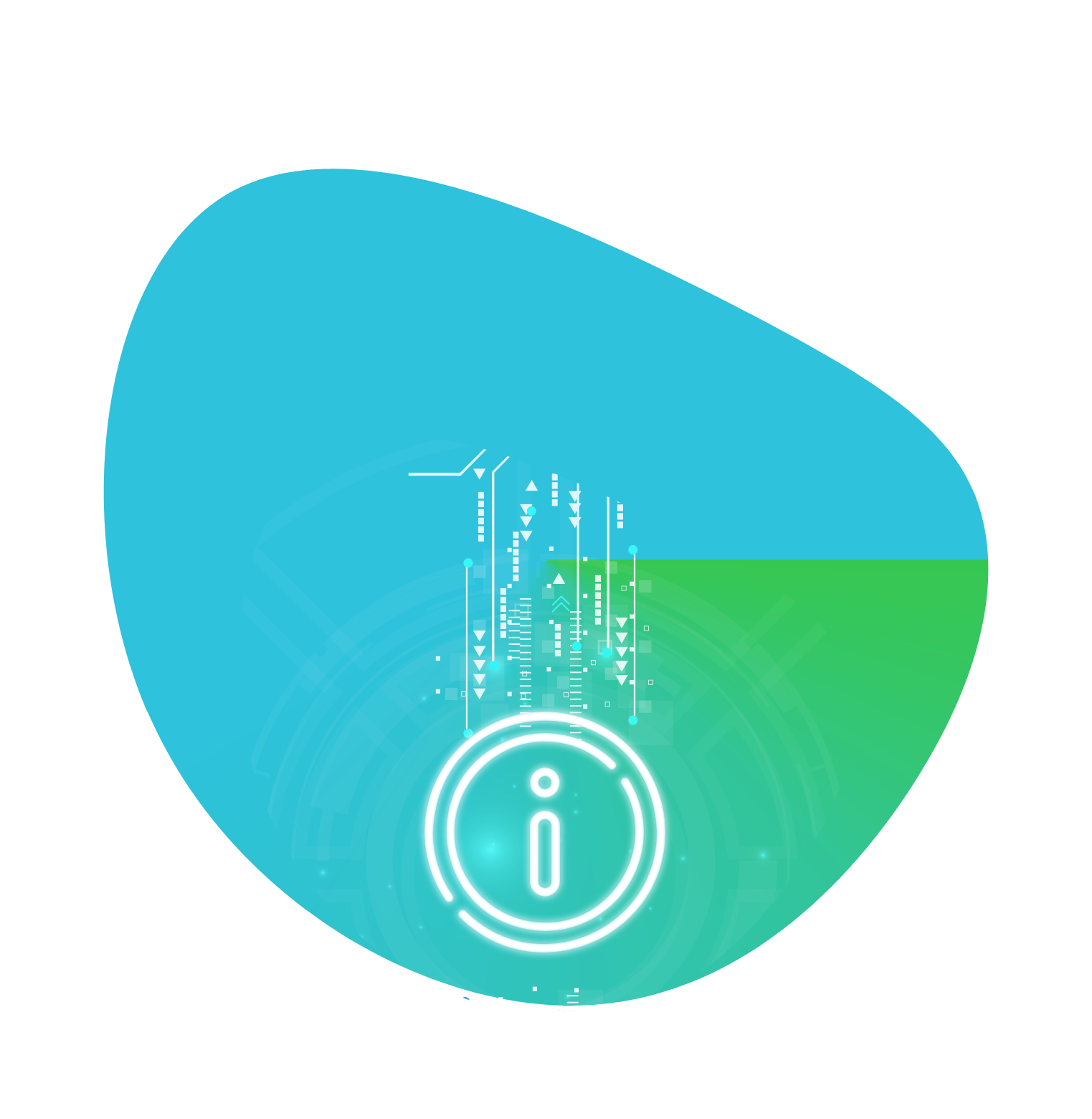Enterprise Architecture Framework
A standardized way to describe, govern, and reuse architecture—so design and decisions are consistent, faster, and easier to audit.
Why it matters
Without a practical framework, each project invents its own artifacts, slowing delivery and increasing risk. A modern EA framework defines the method, views/viewpoints, and governance needed to describe and steer change coherently. Good practice draws on TOGAF® 10 (modular guidance and governance), ArchiMate® (an open, independent EA modeling language), and ISO/IEC/IEEE 42010 (requirements for architecture descriptions). For Saudi public entities, alignment with NORA strengthens interoperability and oversight.
How the EA Framework is built
- Scope & Mandate: Define EA services (standards, advisory, solution reviews) and interfaces with security, data, procurement, and PMO; right-size to delivery model. (TOGAF® 10 emphasizes configurable scaffolding and governance.)
- Metamodel & Catalogs: Establish a simple metamodel (capabilities, data domains, applications, integrations, technologies) and maintainable catalogs/relationships, grounded in ISO 42010 views/viewpoints principles.
- Viewpoints & Diagrams: Standardize who sees what—executive capability heatmaps, solution context, integration maps, data lineage—using ArchiMate® views and a style guide for consistency.
- Method & Lifecycle: Tailor a light EA lifecycle from intake → review → decision → repository update; align checkpoints to agile/product delivery while following TOGAF® 10 guidance.
- Reference Architectures & Standards: Provide pragmatic patterns (API/event-driven integration, cloud landing zones, identity/zero-trust, data domains, observability) plus an exceptions process to balance speed and control.
- Architecture Governance (ARB): Operate a risk-based Architecture Review Board with clear decision rights, SLAs, and decision logs—guardrails rather than gates—per TOGAF® governance concepts.
- Repository & Tooling: Configure the EA repository and contribution workflow (templates, naming, quality checks) using ArchiMate® viewpoints; link to portfolio dashboards for standards adoption and tech-debt tracking.
- Quality & Assurance: Define “definition of done” for EA artifacts and peer review checklists; ISO 42010 ensures consistent, reviewable architecture descriptions.
- Public-sector alignment (as needed): Map artifacts and governance to NORA reference models and signals used by Saudi Digital Government oversight.
What you get
- EA Framework playbook: scope, roles, service catalog, and end-to-end lifecycle aligned to TOGAF® 10.
- Metamodel + starter catalogs: capabilities, data domains, applications, integrations, technologies (ISO 42010-aligned views/viewpoints).
- Viewpoint & diagram library: executive, portfolio, and solution-level ArchiMate® views with style guides.
- Reference architectures & standards: integration, data, security, and cloud patterns with an exceptions process.
- ARB governance kit: charter, SLAs, review criteria, decision templates, and decision logs.
- Repository setup & workflow: configured workspace and CI-style quality checks; dashboards for standards adoption and reuse.
- NORA mapping (if public): cross-reference to NORA for accreditation and inspections.









